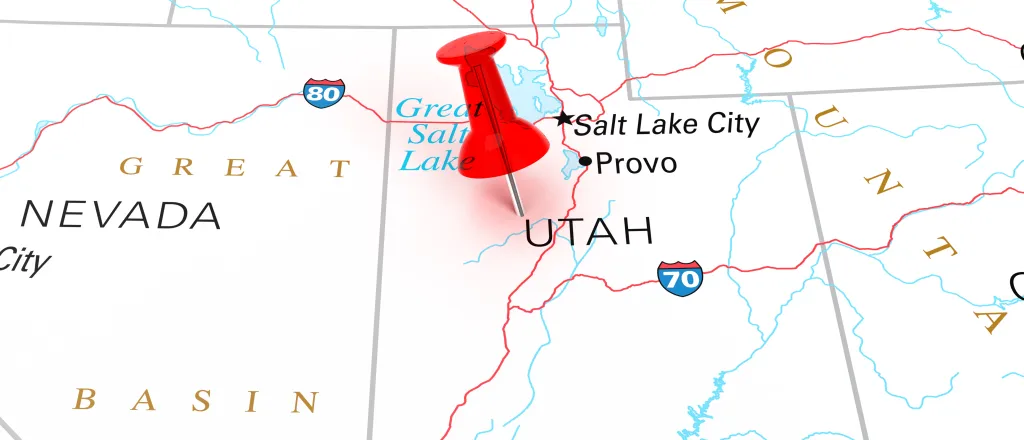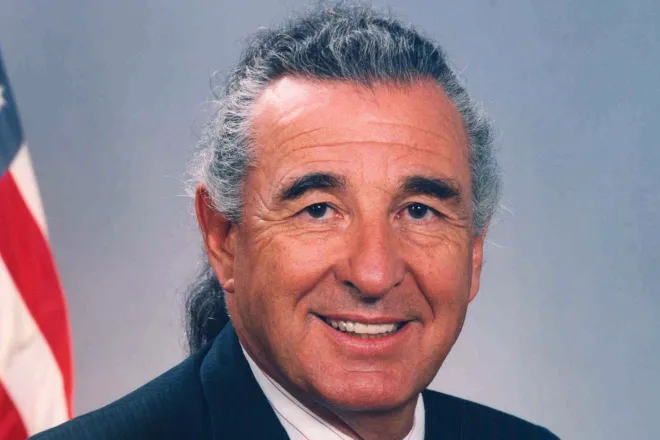
Research probes health effects of dust from Great Salt Lake
Click play to listen to this article.
(Utah News Connection) Utah's Great Salt Lake is shrinking, exposing more of its playa and lifting more potentially harmful dust particles into the air.
A new study seeks to understand the air quality and health impacts of the dust from the drying lake.
Kerry Kelly, associate professor of chemical engineering at Utah State University and the study's co-author, whose team took samples from the Great Salt Lake to assess what's known as the "oxidative potential" of dust particles, explained it gives researchers an indication of how materials within the dust could react with the lining of a person's lungs.

"That is important because more reactive materials and components can lead to inflammation," Kelly pointed out. "Inflammation is a very important process for all kinds of adverse health effects associated with particulate matter."
Kelly noted particulate pollution has been linked to health conditions and complications, from asthma to heart attack, stroke and even premature death. When the Great Salt Lake dust samples were compared to other regional playas, they were found to be more reactive, meaning they have a higher potential for serious health effects. Kelly added the study is the first of its kind and more research is needed to further understand the effects on air quality and public health.
Kelly asserted climate change is not the key driver to the shrinking of the Great Salt Lake. Instead, she explained, water diversions have led to the lake reaching historically low levels.
"We are taking the water, it's not making it to the lake," Kelly observed. "All of us -- residential, and commercial consumers -- we need to do our part but agriculture is about two-thirds of the story, so we're definitely going to have to work on agriculture."
Kelly stressed increasing dust storms are a concern in the Salt Lake Valley, located west of Utah's densely populated Wasatch Front. The research showed four to five dust storms occur in northern Utah every year, which transport metal-contaminated dust. For such situations, Kelly recommended staying inside and using a mask if you must leave the house.

















